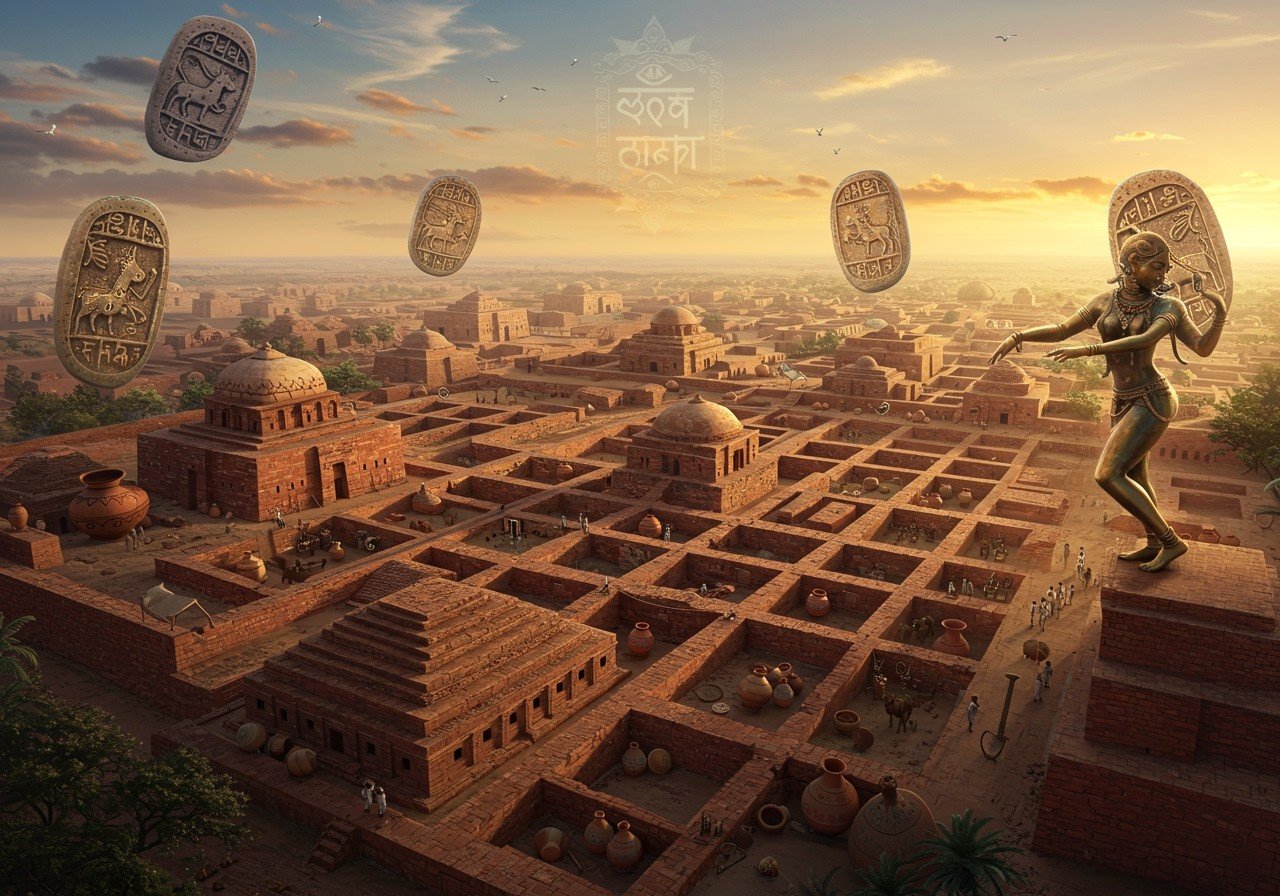
Harappa, a crucial site of the ancient Indus Valley Civilization, plays a vital role in our understanding of the cultural and technological progress of early societies. For those fascinated by history and those who cherish tradition, Harappa offers a captivating glimpse into the past. This article delves into Harappa’s location, its discovery, and the key figures involved in its exploration.
Where is Harappa Located?
Harappa is situated in central Punjab, present-day Pakistan, nestled along the Ravi River. It lies in proximity to other significant Indus Valley Civilization sites, including Mohenjo-Daro. This strategic location was advantageous for ancient trade routes and agricultural practices. The fertile land and favorable climate nurtured a thriving civilization. The surrounding region holds immense historical and archaeological importance.
When was Harappa Discovered?
Harappa first came to notice in the early 19th century, with initial findings emerging around 1826. British colonial administrators played a pivotal role in uncovering the site. Major excavations commenced in the 1920s, leading to the identification of Harappa as an integral part of the broader Indus Valley Civilization (2500-1700 BCE). These discoveries significantly reshaped our understanding of ancient history.
Who Discovered Harappa?
While initial documentation came from Charles Masson, an early explorer, during his travels, it was Sir John Marshall, Director-General of the Archaeological Survey of India, who spearheaded formal excavations and research at Harappa, first discovered in 1921 by Daya Ram Sahni. Numerous other prominent archaeologists and historians have contributed significantly to our knowledge of Harappa. Collaborative endeavors between Indian and international scholars continue to unveil new insights into this ancient city.
The Marvels of Harappa
Harappa showcased remarkable architectural and technological advancements for its time (2500-1700 BCE). The city boasted a well-planned grid layout, sophisticated drainage systems, and fortified structures. Artifacts unearthed at the site include a variety of pottery, seals, and tools. The exceptional craftsmanship and artistry evident in these items are a testament to the ingenuity and complexity of the Harappan civilization.
Cultural Significance of Harappa
Harappa’s cultural aspects encompass its social structure, economic systems, and religious practices. Trade and commerce served as vital links between Harappa and other regions. Evidence suggests the existence of a standardized system of weights and measures used in transactions. Archaeological findings hint at possible religious beliefs and rituals. Artistic expressions found in various artifacts offer valuable insights into Harappan society.
Legacy and Continued Exploration
Harappa continues to hold immense significance in modern archaeology and historical studies. Ongoing excavations and research endeavors strive to uncover further details about the Indus Valley Civilization. New technologies, such as satellite imagery and advanced dating methods, play a crucial role in these discoveries. Museums and educational institutions actively contribute to preserving Harappa’s legacy, fostering a deeper appreciation for ancient cultures among contemporary audiences.
Connecting with Ancient Heritage through Poojn.in
Poojn.in, India’s largest spiritual and cultural goods store, empowers you to connect with your heritage through authentic puja items and ritual materials. As you explore the wonders of Harappa, consider enriching your spiritual practices with traditional items reminiscent of ancient times:
- Bel malas: Crafted from sacred Bel wood, these malas are ideal for chanting and meditation, connecting you with the spiritual traditions of ancient India. Available in various sizes and styles, these malas are a beautiful and meaningful addition to your spiritual practice.
- Shiva Lingams: Representing Lord Shiva, these lingams are revered symbols of divine energy and creation. Poojn.in offers a wide selection of Shiva Lingams crafted from various materials, allowing you to choose the perfect one for your altar or personal shrine.
- Pure Kapoor (camphor): Used in traditional ceremonies and rituals, pure Kapoor creates a sacred atmosphere. Its purifying properties are believed to cleanse the environment and enhance spiritual practices, much like the rituals performed in ancient Harappa.
- Rudraksha Malas: These malas, made from the seeds of the Rudraksha tree, are known for their spiritual significance. Worn for meditation and prayer, Rudraksha malas are believed to offer protection, peace, and spiritual growth, connecting you with the ancient traditions of yoga and meditation.
With pan-India delivery and a user-friendly mobile app, Poojn.in makes it convenient to access a wide array of authentic puja items. Explore our collection and bring home a piece of ancient heritage.
Conclusion
Harappa stands as a testament to the ingenuity and cultural richness of the Indus Valley Civilization. It provides a unique window into the past, enabling us to appreciate the advancements and complexities of ancient societies. By exploring Harappa, we gain a deeper understanding of our shared human history. As research continues, Harappa promises to reveal even more about our ancient roots.


